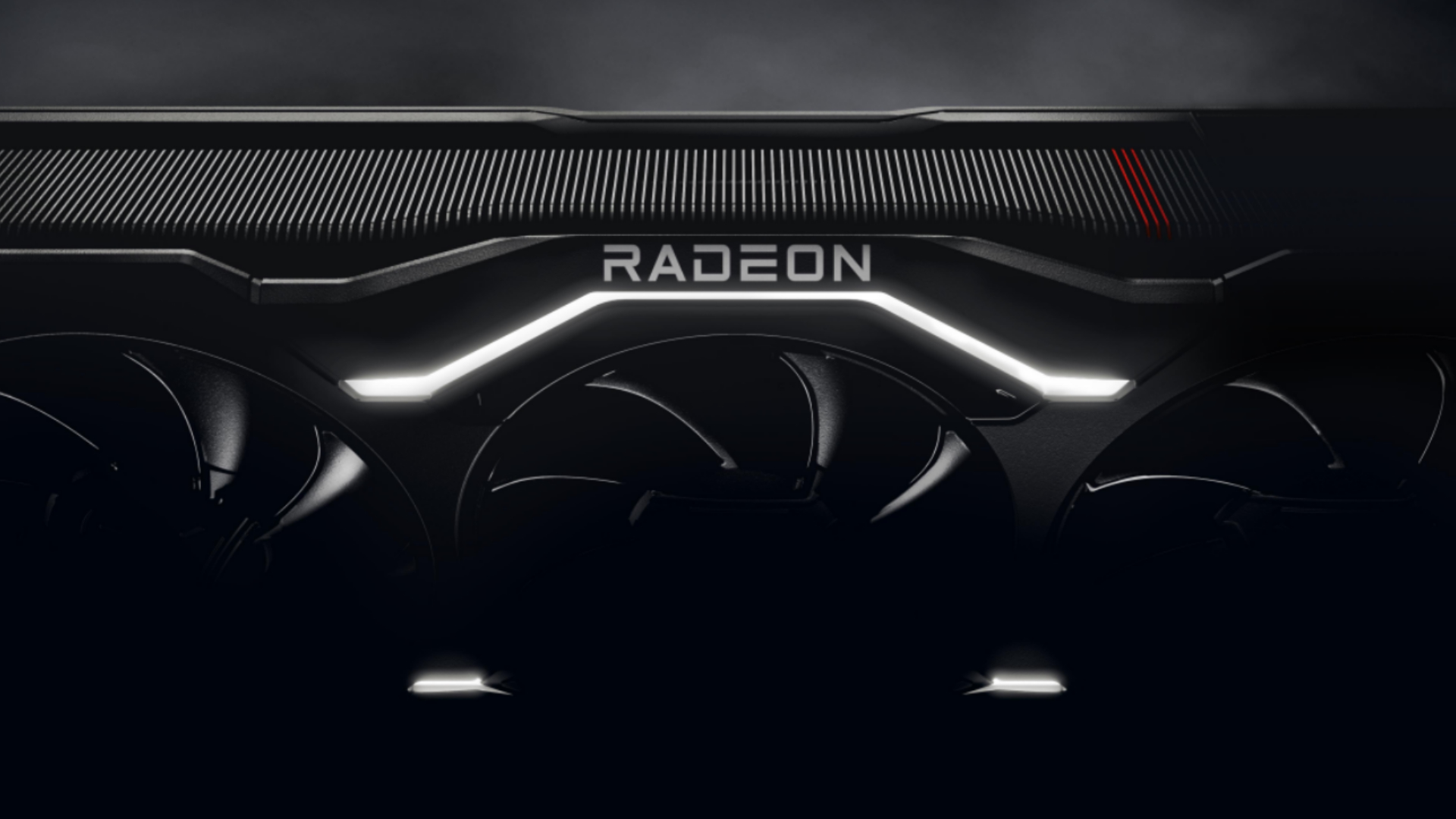Down in Austin, Texas yesterday, AMD’s CEO Dr. Lisa Su took to the stage for some big announcements around the company’s upcoming Zen 4 CPU (opens in new tab) architecture. Alongside it, we got a taster of the RDNA 3, which Su has confirmed will utilise a Ryzen-like chiplet design.
Back in June, AMD’s product technology architect, Sam Neffziger, implied that the upcoming RDNA 3 design would be more like the Ryzen design with discrete compute and I/O chiplets, rather than AMD’s Aldebaran which features a pair of large CDNA 2 chips with an interconnect between them. When asked about it, he said the chiplet design would be “a reasonable inference (opens in new tab).”
In so many words: “Yes, but I can’t say anything about it.” And now, those implications have been officially confirmed by the CEO herself.
“By combining our most advanced gaming architecture with five nanometer triplets, RDNA 3 GPUs will deliver more than 50% more performance per watt than our current generation Radeon GPUs.”
We even got to see the pre-production RDNA 3 cards at work alongside the upcoming Ryzen 9 7950x CPU, smashing out the as-yet-unreleased and pretty graphically intensive Lies of P (opens in new tab) by Neowiz. It’s looking pretty darn smooth in ultra settings at 4K resolution, though that was the final mention of anything RDNA related.
Although we still have no idea about pricing, the use of a chiplet-based architecture is sure to give AMD an efficiency boost. The same approach allowed Ryzen CPUs to contain more cores via smaller chiplets with high yields, and at the same time they were much cheaper to produce than CPUs with monolithic chips and lower yields.
AMD has said there’ll be some form of RDNA 3 launching this year (opens in new tab), there’s still a little way to go before we see the next generation of Radeon GPUs gracing our desktops, but we can at least say AMD is taking steps to ensure the efficiency of their gaming GPU architecture.


